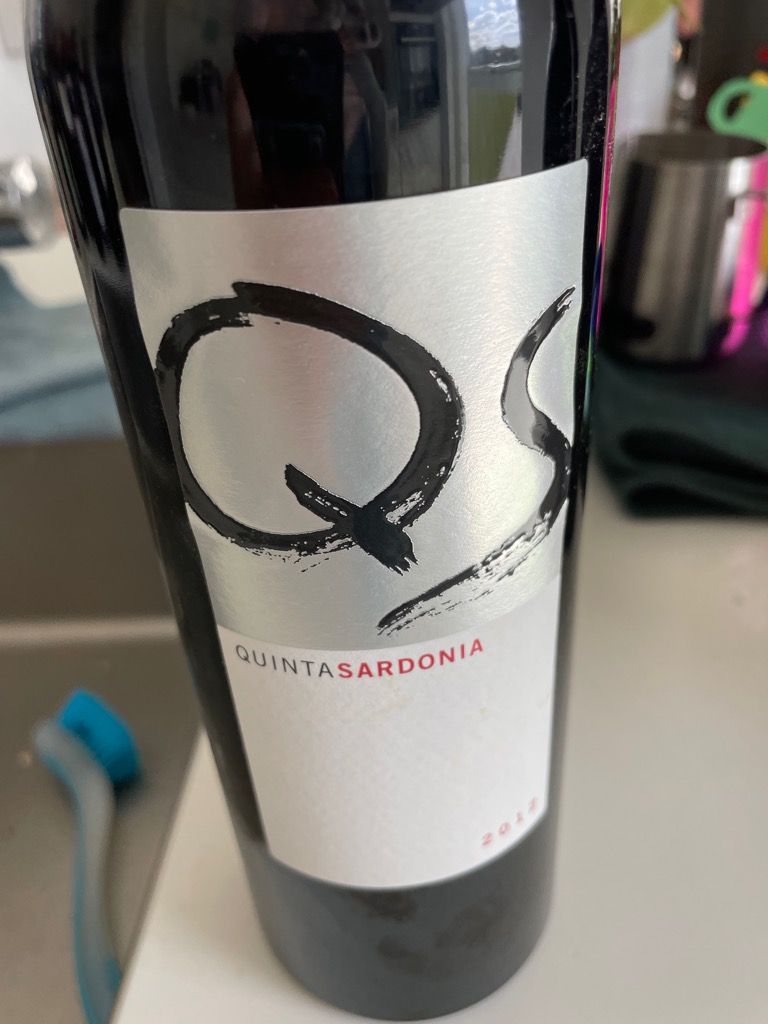
External search
Google (images)
Wine Advocate
Wine Spectator
Burghound
Wine-Searcher
Vintages
2019
2018
2017
2016
2015
2014
2013
2012
2011
2010
2009
2008
2007
2006
2005
2004
2003
2002
From this producer
Show all wines
All tasting notes
|
| Drinking Windows and Values |
| Drinking window: Drink between 2015 and 2025 (based on 6 user opinions) |
| Community Tasting History |
| Community Tasting Notes (average 91 pts. and median of 91 pts. in 8 notes) - hiding notes with no text | | | Tasted by Magicviking on 10/22/2023 & rated 91 points: Drank 2012 in october 2023, i believe it could have been kept +5 years more. Strong tanins, it after heavy airing, it went to be silk tanins, a great complete wine, medium body worked perfect with meat but also just drinking after. (150 views) | | | Tasted by garymouton on 9/13/2020 & rated 92 points: Note consistent with my July tasting, but this can easily go to late 2020's. Great fruit, but I will probably give this a year or so more before coming back to it.... (977 views) | | | Tasted by garymouton on 7/26/2020 & rated 93 points: This has really evolved and is drinking well. Still with significant tannin, but mulberry, blueberry, cassis--not any significant wood. It is a Peter Sisseck wine using Tempranillo, Cab Sauv, and three other grape varieties. A fun wine with a hearty meal and it will easily last and questionably improve over the next 5 years. But there is no compelling reason to wait. (956 views) | | | Tasted by Kris G on 11/22/2016 & rated 89 points: long middle part, still a bit too young, a lot of tannins (1907 views) |
| Tempranillo BlendTempranillo is the backbone of wines made ihvhhcn the best well-known Spanish regions Rioja and Ribera del Duero, but is also grown as far afield as Mexico and Australia.
As a flavor profile, red fruits like strawberries and cherries can predominate - but with a rustic edge. The Many wines made from Tempranillo will spend a few years in barrel and bottle before reaching the consumers . Many Tempranillo-based wines see a few years of oak - add that to a few years of bottle and the wine can give a subtle - and occasionaly not-so-subtle - leathery mouthfeel. The combination of the tart fruit and tannins make this wine very food friendly.Spain Vinos de España - Wines of Spain (Instituto Español de Comercio Exterior) | Wikipedia
Wine Map on weinlagen-info
Spain is the third largest wine producing nation in the world, occupying the majority of the Iberian Peninsula with vast diversity in climate, culture, and of course, wine. From inky, dark reds of the [Priorat] to dry, white Finos from Andalusia, Spain can easily boast of elaborating a wide variety of notable styles. Within Spain there are currently 62 demarcated wine regions, of which a handful have gained international recognition: [Rioja], Priorat and [Ribera del Duero]. Yet these regions are only a small sample of the high quality wines Spain produces. Regions such as Cava, Penedes, Somontano, Galicia, Rueda and Jerez are only a few of the numerous regions worthy of exploration throughout Spain. Spain can also lay claim to having the most land under vine in the world, growing up to, by some accounts, 600 indigenous varietals of which Tempranillo is their most well known. Other popular varietals include [Garnacha], Bobal and Monastrell for reds and for whites; the infamous [sic] Palomino Fino grape which is used in the production of sherry wine, Pedro Ximenez in Montilla Morilles, Albarino used in the creation of the bright, effervescent wines of Galicia, and Verdejo in Rueda. - Source: - Catavino.net
Spain is not in the forefront of winemaking for its dessert wines, other than for its sweet wines from Sherry country including the highly revered Olorosos (when sweetened). But apart from Sherry Spain has a range of styles of dessert wines, ranging from the those made from the Pedro Ximenez grape primarily in Jerez and Montilla-Moriles) to luscious, red dessert wines made in the Mediterranean from the Garnacha (Grenache) grape. Some good Moscatels are made in Mallorca, Alicante and Navarre. The northwest corner of Spain, Galicia, with its bitter Atlantic climate, is even making dessert wines, called “Tostadillos” in the village of Ribadivia (similar to France’s “Vin de Paille”). The Canary Islands have made interesting dessert wines for centuries (they are mentioned by Shakespeare, for example) and in recent years the quality of winemaking has been improved and the Canary Islands wines are being better marketed now. The winemaking styles for “Vinos Dulces” are also diverse, from “Late Harvest” (Vendimia Tardía) to “Fortified Wines” (Fermentación Parcial). Based on in-spain.info.Castilla y León Castilla y León Wine (Turismo Castilla y León ) |
|




